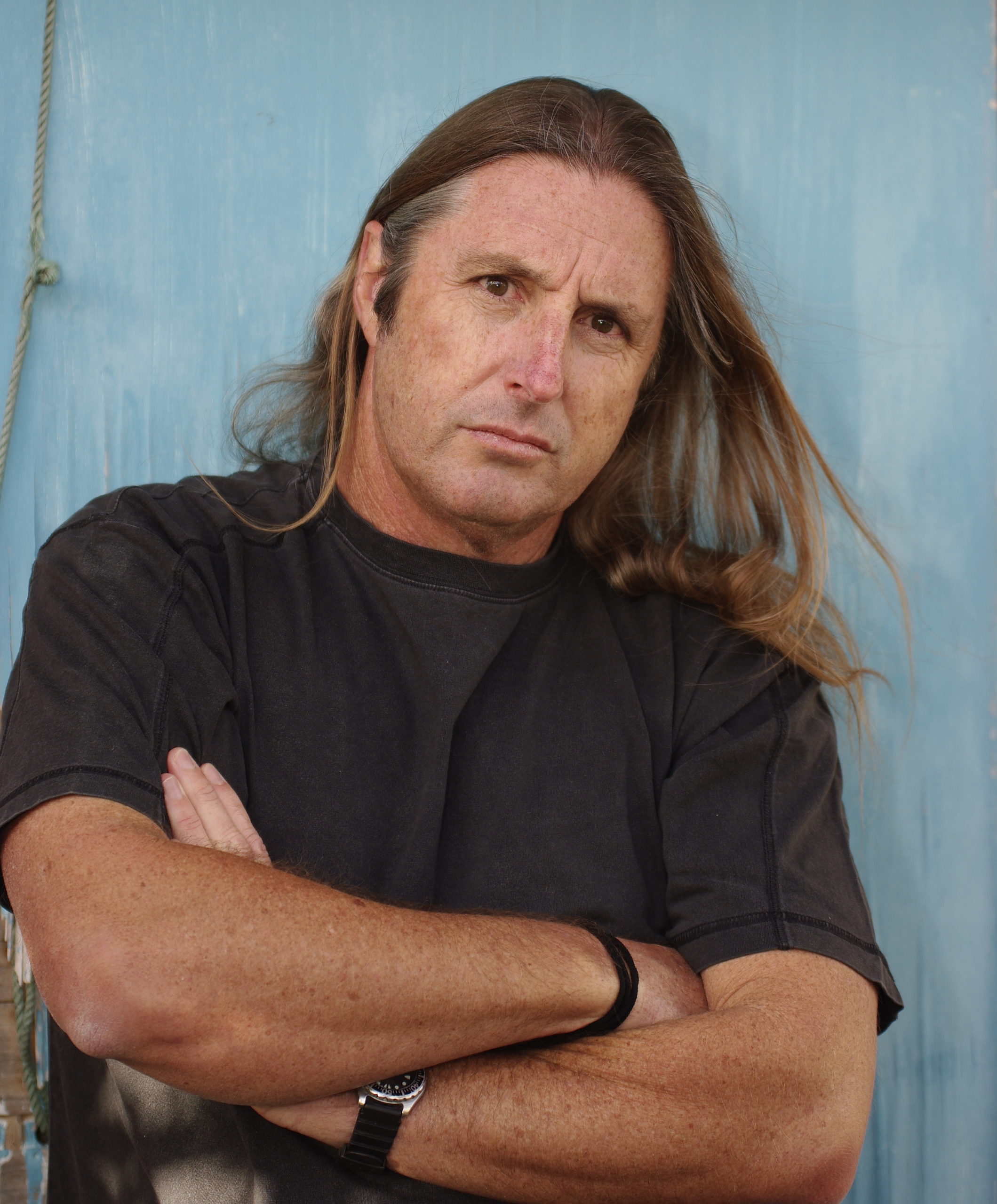
Meet the Author: Tim Winton
Mia Macrossan talks to Tim Winton about his new book Ningaloo: Australia’s Wild Wonder, reviewed in StoryLinks this week.
Thank you for talking to StoryLinks
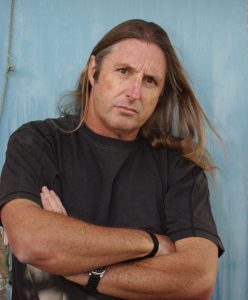 You write with love and knowledge of this beautiful area. How, where when did you first get to know this part of WA? I first went to Ningaloo in 1992. That’s when I had my first swim with a whale shark and saw the Reef and the Range. It blew my mind and I’ve been going back ever since to learn more about it. The more I study it, the more obvious it becomes that I know too little and need to learn more. So it’s been an association over more than 30 years.
You write with love and knowledge of this beautiful area. How, where when did you first get to know this part of WA? I first went to Ningaloo in 1992. That’s when I had my first swim with a whale shark and saw the Reef and the Range. It blew my mind and I’ve been going back ever since to learn more about it. The more I study it, the more obvious it becomes that I know too little and need to learn more. So it’s been an association over more than 30 years.
Was/is there a special place/animal/reason that prompted you to start on this book? I think it was just a logical outcome of all those decades of learning about the place and defending it. I’ve taken my kids there and now my grandkids, and I’m conscious that throughout our struggle to defend the place against destructive exploitation, we had the help and the moral support of thousands of young people. And I realized that while a lot of new science and public education has been produced over that time, no one has ever produced a natural history book about Ningaloo for kids. So it felt like we were correcting that oversight. In light of the attention we’ve been able to bring to the place in recent years with the Protect Ningaloo campaign and the docu-series I made for the ABC, filling that gap seemed even more logical and urgent.
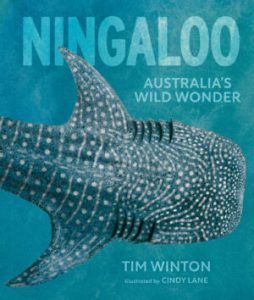 This book is chockers with information, beautifully illustrated by Cindy Lane. Did you two collaborate on each page, how did you arrive at the subjects and decide what to illustrate? I was really just a remote guide to places and creatures for Cindy. On the page, I outlined all the things we needed to cover visually and she responded to that. The challenge was telling the story visually, letting the eye do as much work as possible. We needed it to be factual and accurate, but there’s no learning without beauty and that’s what Cindy’s beautiful illustrations have brought.
This book is chockers with information, beautifully illustrated by Cindy Lane. Did you two collaborate on each page, how did you arrive at the subjects and decide what to illustrate? I was really just a remote guide to places and creatures for Cindy. On the page, I outlined all the things we needed to cover visually and she responded to that. The challenge was telling the story visually, letting the eye do as much work as possible. We needed it to be factual and accurate, but there’s no learning without beauty and that’s what Cindy’s beautiful illustrations have brought.
The book is dedicated ‘for those who come after’. What are your hopes and fears for the next generations? What do hope this generation of readers takes away from reading this book? Well, I wrote the book for young people because they are soon to become Ningaloo’s guardians and decisionmakers. In advocating for Ningaloo to people in politics and in business, I’m conscious that our biggest obstacle to overcome is the education that decisionmakers have had. Young people are much more literate about their environment than the folks in suits in c-suites and cabinet rooms. I think we need to arm young people them with more knowledge again so that they’re better prepared than their elders have been. However well we respond to climate breakdown, there’s no avoiding the fact that the world they inherit will be different to the one you and I grew up in. They will need to be literate about the natural world and armed with an ethical framework their elders didn’t have.
Ningaloo is a special place because it’s an example of where we got things right and finally put the needs of the environment first. It’s a natural wonder, but also a human wonder. If people hadn’t looked deep into themselves and changed course, Ningaloo would just be another oilfield, another limestone quarry, another site for a massive polluting gas plant. Because of decisions we made years ago, what’s happening at Murujuga today can’t happen at Ningaloo. That makes Ningaloo a beacon of hope, an example to young people that ordinary folks, including very young people, can change the course of history. I know this is possible because I was there to see it happen. We can’t let kids feel powerless. Given the future they face, they’ll need to be resilient, determined, hopeful and buoyed up by solidarity with others. That’s what the long fight for Ningaloo has taught me.
Are there any other areas in Australia/the world you think deserve the Winton/Lane treatment? Oh, I’m sure there are plenty of places that need celebrating. I don’t know if I have the thirty years required to know enough about even one of them. But I’m sure other writers and artists will take up the challenge.
While Ningaloo is full of images and information the text is very clear and user friendly, able to be shared with very young readers and read independently by confident readers. The illustrations infused with the rich colours of the region, glorious sea and earth tones are the background for the many animals that inhabit each double page spread. This book is enjoyable on many levels, it is informative for those who don’t know the region, it is a beautiful artefact gloriously illustrated, and it is an appeal to all of us to look after a rare marvel on our planet.
Highly recommended for all school and home libraries.
Watch Tim Winton as he takes us on a journey to one of the last intact wild places left on Earth. Its First Peoples call this global treasure Nyinggulu. The rest of us know it as Ningaloo. Ningaloo Nyinggulo on ABC iview
Comments
Sorry, the comment form is closed at this time.



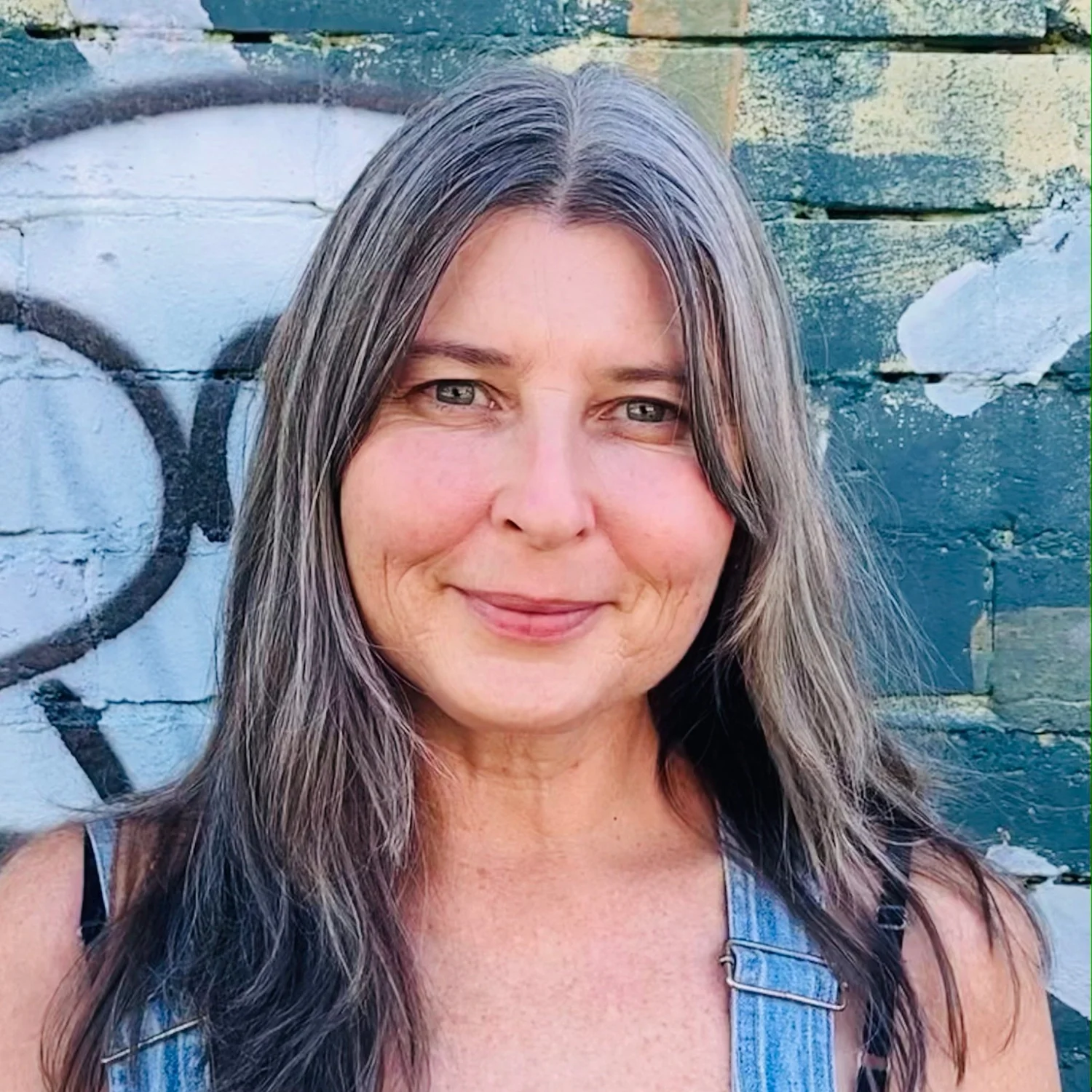
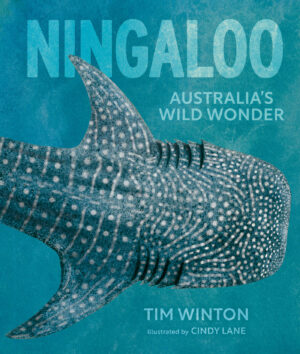


Pingback: Ningaloo: Australia’s Wild Wonder – Story Links